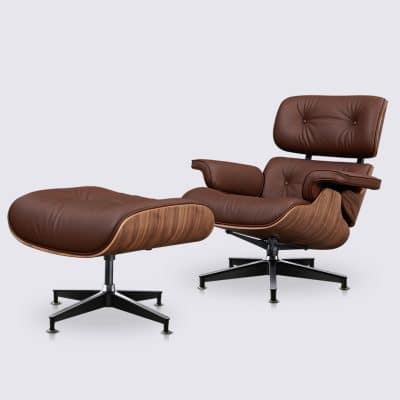
How to clean your leather armchair? Maintain your leather armchair to preserve its elegance and
Working in an office usually involves spending a lot of time sitting in an office chair. A position that puts stress on the structure of the spine.
To avoid developing or aggravating back problems, it’s important to have an ergonomic office chair that supports the lower back and promotes good posture.
There are many different types of ergonomic office chair. No one type of office chair is necessarily the best, but there are some very important elements to look for in a good ergonomic office chair.
These features enable the individual user to tailor the chair to his or her specific needs.
This article will examine the traditional office chair, as well as alternatives that can be used as office chairs and may be preferable for some people with back problems.
Like the Alberto Basse chair, the classic office chair is impressive and makes it into the overall ranking of our great list of the best office chairs.
The armrests are one of the main reasons why this seat is so comfortable. The arms have a completely unique design. Height, width, depth and swivel functions are available. The pads are equally comfortable.
They’re big enough to give you plenty of room, and they’re spongy, so it’s nice when you have to put a little extra weight on them when you’re moving around.

Looking first at the “conventional” style of office chair, there are a number of things an ergonomic chair should have, including:
The seat height of an office chair should be easily adjustable. A pneumatic adjustment lever is the simplest way to achieve this. A seat height of between 45 and 60 cm should suit most people.
This allows the user to have feet flat on the floor, thighs horizontal and arms at the same height as the desk.
The seat must be wide and deep enough to comfortably support any user. The standard width is generally 45 to 60 cm.
The depth (from front to back of the seat) must be sufficient for the user to sit with his or her back against the back of the ergonomic office chair, leaving approximately 5 to 10 cm between the back of the knees and the seat of the chair.
The seat can be tilted forwards or backwards.
Lower back support in an ergonomic chair is very important.
The lumbar spine is curved inwards, and sitting for long periods without supporting this curvature tends to cause slouching (which flattens the natural curve) and stresses the lower spinal elements.
An ergonomic chair should feature lumbar adjustment (both height and depth) so that each user can get the right fit to support the inner curve of the lower back.
The backrest of an ergonomic office chair should be 45 to 60 cm wide. If the backrest is separate from the seat, it must be adjustable in height and angle. It must be able to support the natural curve of the spine, paying particular attention to the lumbar region.
If the seat and backrest of the office chair are one and the same, the backrest should be adjustable in height and inclination, with a locking mechanism to prevent it from moving back too far once the user has determined the appropriate angle.
The material of the seat and backrest of the office chair must be sufficiently padded to be comfortable for long periods.
A breathable fabric is preferable to a hard surface. The seat should be made of high-density foam.
The armrests of office chairs should not exceed 22 cm to avoid interfering with typing. They must allow the user’s arms to rest comfortably and shoulders to relax.
Elbows and forearms should rest lightly, and the forearm should not rest on the armrest while striking.
Any chair, whether classic or ergonomic, should be able to swivel easily so that the user can reach different areas of the desk without tiring.
Replacing the traditional office chair, new styles of ergonomic chairs have been designed to provide support, comfort and promote good posture. Even so, it’s hard to find ergonomic chairs that combine comfort and aesthetics.
Your new chair may take some getting used to, but it usually becomes very comfortable over time. Stefano Design offers a selection of comfortable, designer office chairs in Italian leather.
The use of these types of ergonomic chairs can be very beneficial for some people suffering from lower back pain or discomfort.
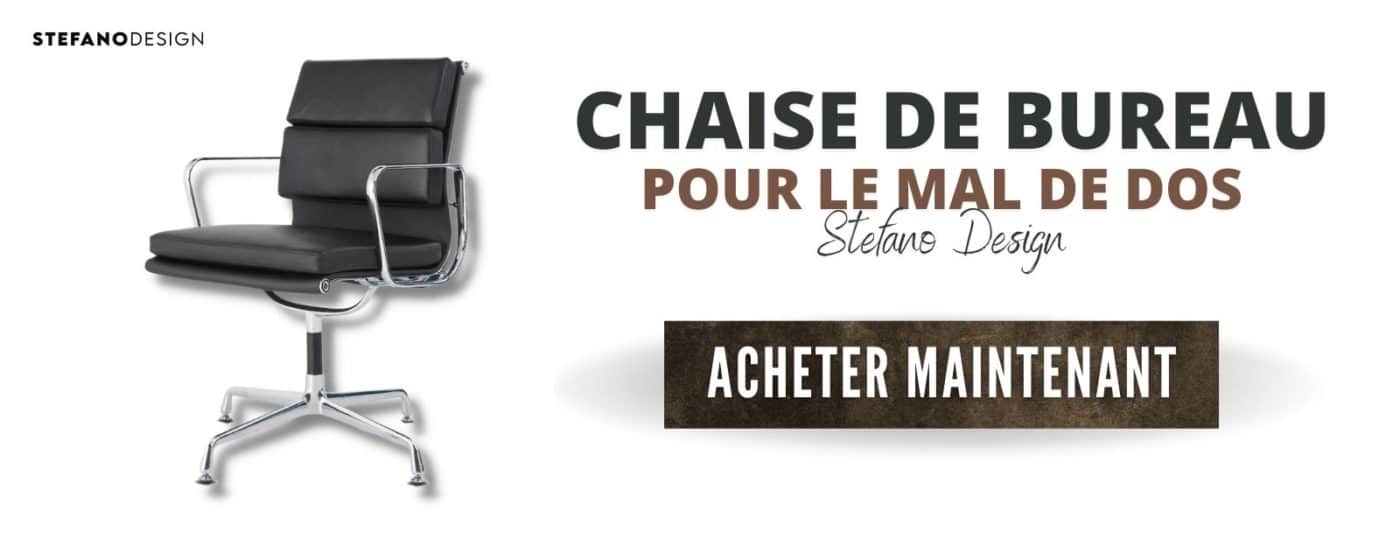
The kneeling chair is a backless office chair that places the user in a modified kneeling position. This design encourages good posture by sliding the hips forward and aligning the back, shoulders and neck.
The main support comes from the seat of the chair, with additional support provided by the shins.
This type of ergonomic chair distributes weight between the pelvis and the knees, reducing compression of the spine, and therefore stress and tension in the muscles of the lower back and legs.
This ergonomic chair features a forward-tilting seat that results in a more natural position for the spine. The result is an office chair that allows you to sit comfortably and effortlessly in the right position.
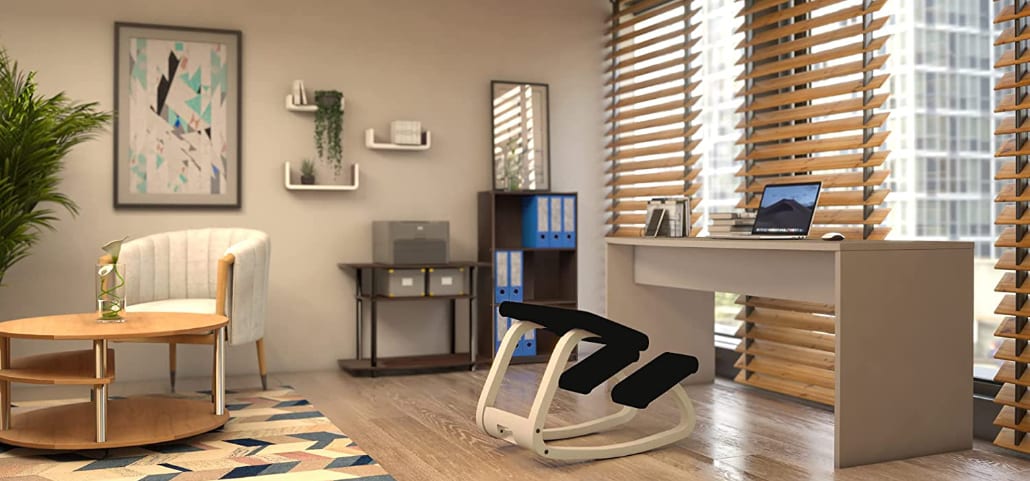
The high version chair is another ergonomic chair that can be used as an office chair or computer chair. This type of office chair has a relatively high backrest for better back support. The user will be in a perpendicular position, which is often useful for patients with lumbar problems.
With long-term use, it can even strengthen back muscles. These ergonomic chairs are height-adjustable to suit different users. The design is intended to enhance user comfort when sitting for long periods.

The exercise ball chair is a completely different type of ergonomic chair. As the name suggests, it’s a ball large enough to support the user in any long-term sitting position, and can be used as an office chair or computer chair.
The main advantage of this type of chair is that it encourages movement and active sitting. There’s a gentle bounce that moves the legs, stimulating circulation and keeping muscles busy, reducing stress and fatigue.
Sitting on the ball makes slouching difficult, and the positioning required to stay on the ball automatically improves posture.
The ball is available in different sizes to find the right height for each user. Some of these chairs can be modified with a wheeled frame to improve mobility, and can even be fitted with a backrest.

For some people, sitting in a reclined position is more comfortable for their backs. For example, people suffering from pain due to lumbar stenosis or degenerative disc disease often feel more comfortable in a reclined position, with their feet resting on a footrest.
For these people, one option may be to use a recliner while working.
There are small tables that attach to the recliner and can swivel above the recliner for comfortable laptop work or paperwork.
Whatever type of ergonomic chair or ordinary office chair you use, it’s a good idea to take short breaks throughout the day to improve circulation. Getting up from your chair from time to time promotes better posture, relieves strain on the eyes and reduces fatigue.
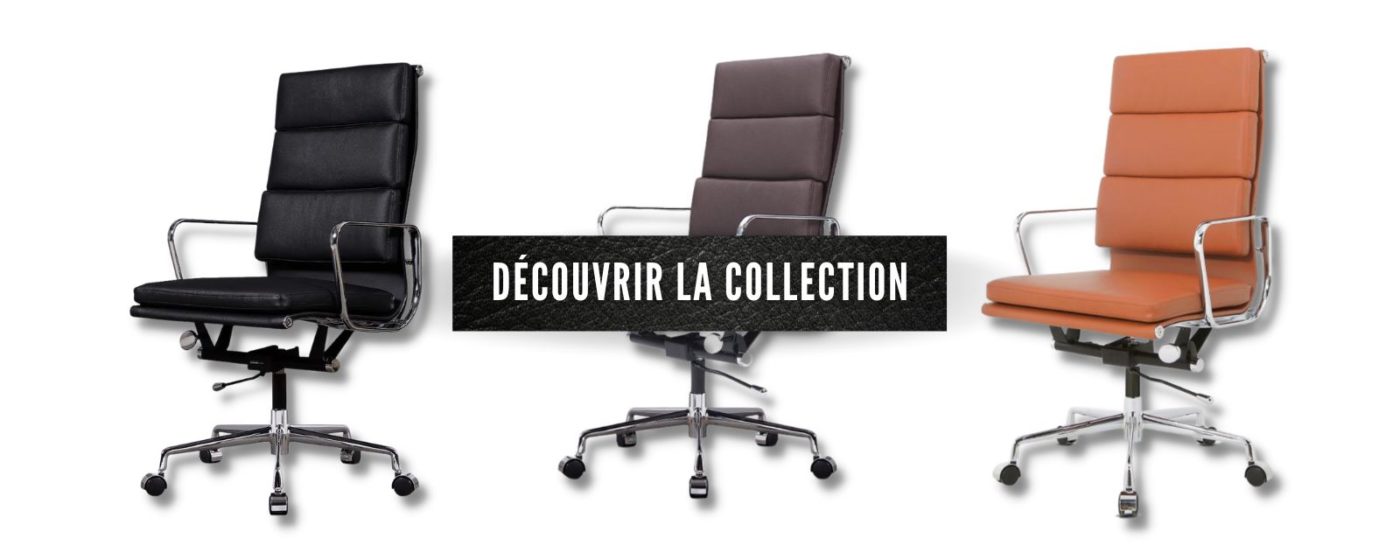

How to clean your leather armchair? Maintain your leather armchair to preserve its elegance and
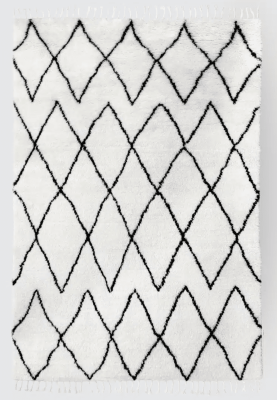
The Berber carpets are renowned for their beauty and craftsmanship. These rugs, often associated with
3-year warranty
Secure payment
30-day returns
Express home delivery
Get €10 off your 1st order from €100 and receive our offers and news.
Mon – Sun: 8:00 am – 6:00 pm

2019 – 2025 by VB MOBILIER, France
Profitez de 10€ offerts sur votre 1ère commande dès 100€ et recevez nos conseils déco & offres exclusives.
Get €10 free on your 1st order from €100 and receive our decorating tips & exclusive offers.